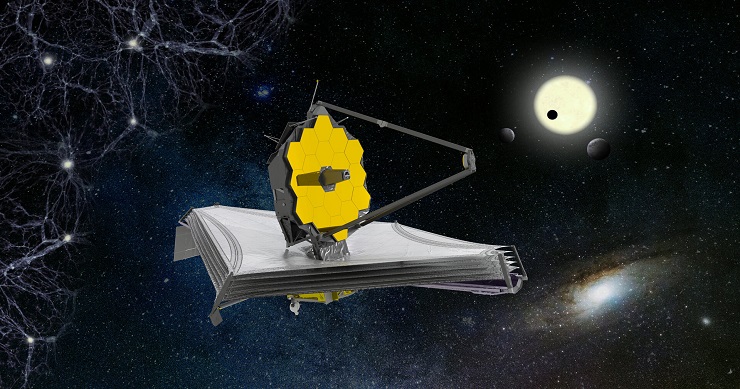The James Webb Space Telescope is currently the most powerful telescope in operation in the world. The JWST has been able to zoom in on the Wolf–Lundmark–Melotte galaxy, a dwarf galaxy located in the constellation of Celus. According to Rutgers astronomer Kristen McQuinn, the evidence gathered from the JWST shows that the WLM probably has not interacted with other galaxies. Because of the isolated nature of the WLM, it is useful when studying the evolution of stars in other galaxies.
Key Takeaways:
- It is believed that the dwarf galaxy known as WLM, has not done any interacting with any other systems.
- When galaxies are mixed up with the milky way, it isn’t as easy for scientists to study them.
- The existence of something known as galactic winds is the reason behind why the WLM galaxy doesn’t have any gas within the galaxy.
“At around 3 million light-years from Earth, the dwarf galaxy, named Wolf–Lundmark–Melotte (WLM) for three astronomers instrumental in its discovery, is close enough that the James Webb Space Telescope (JWST) can distinguish individual stars while still being able to study large numbers of stars simultaneously.”
Read more: https://www.space.com/james-webb-space-telescope-wlm-dwarf-galaxy-image
References:
- Space.com (Website)
- VideoFromSpace (YouTube Channel)


Leave a Reply